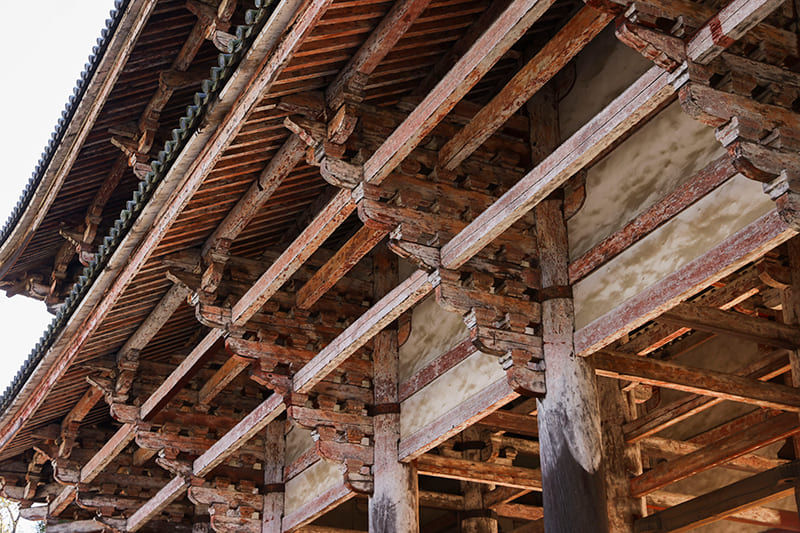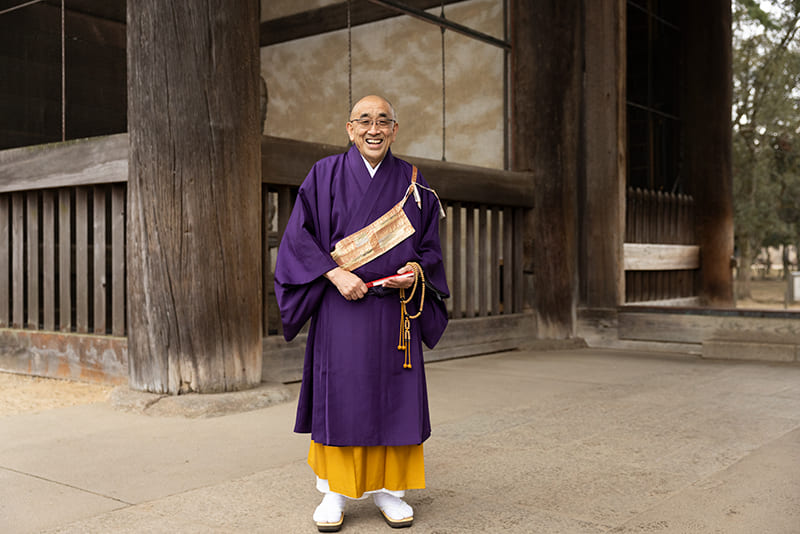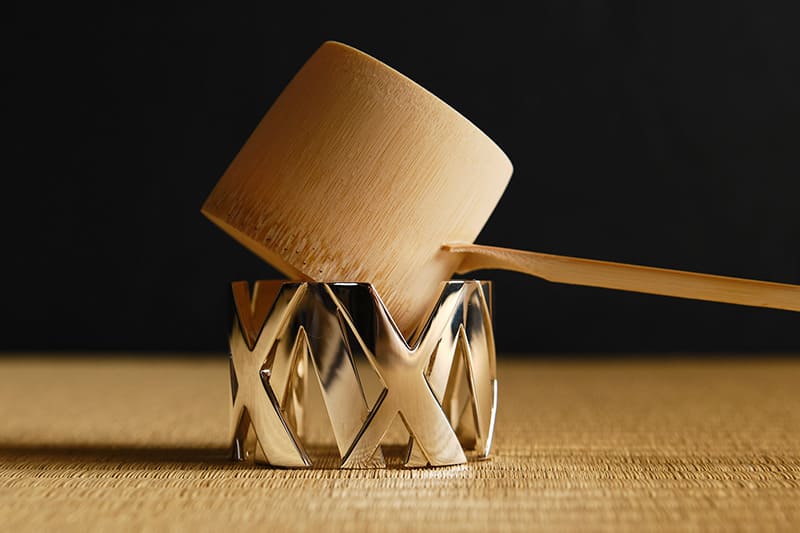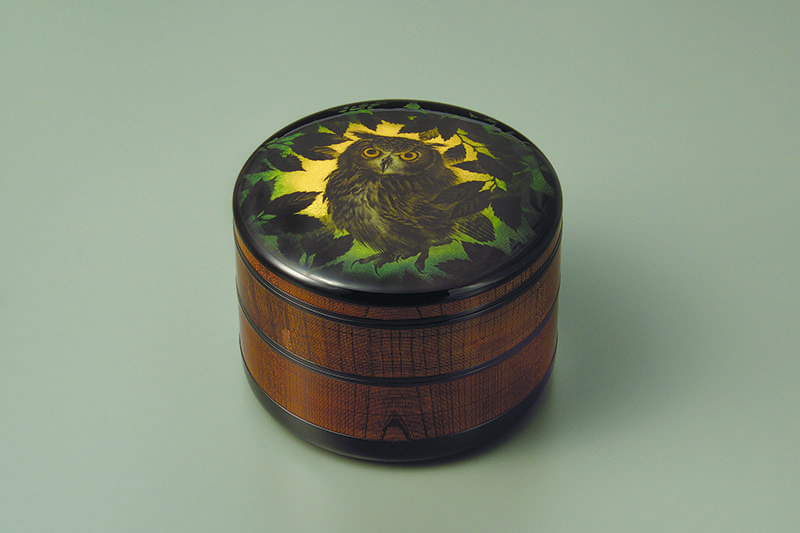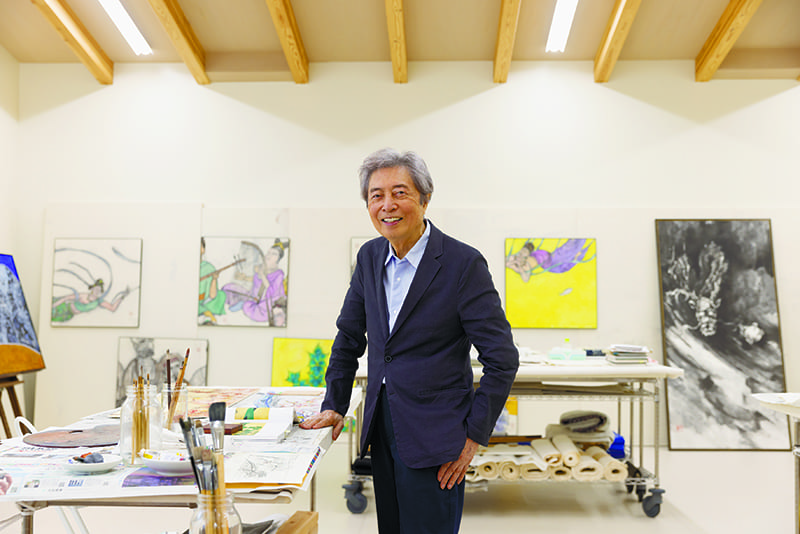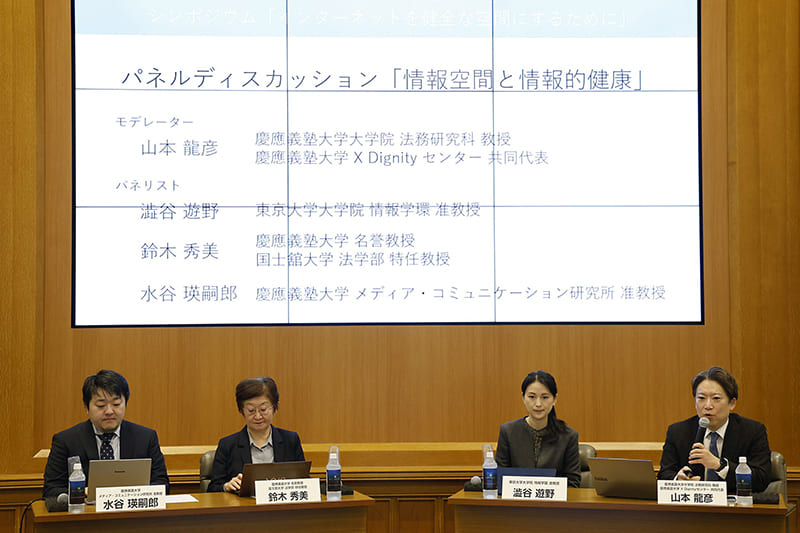March 25, 2022
Kintsugi, the art of fixing ceramics with lacquer
KINTSUGI
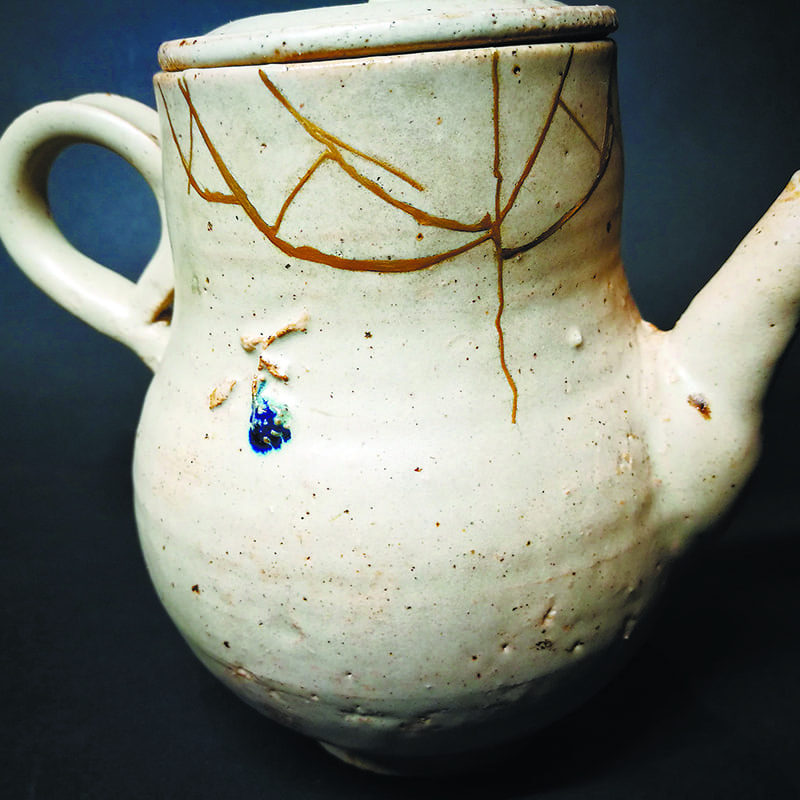
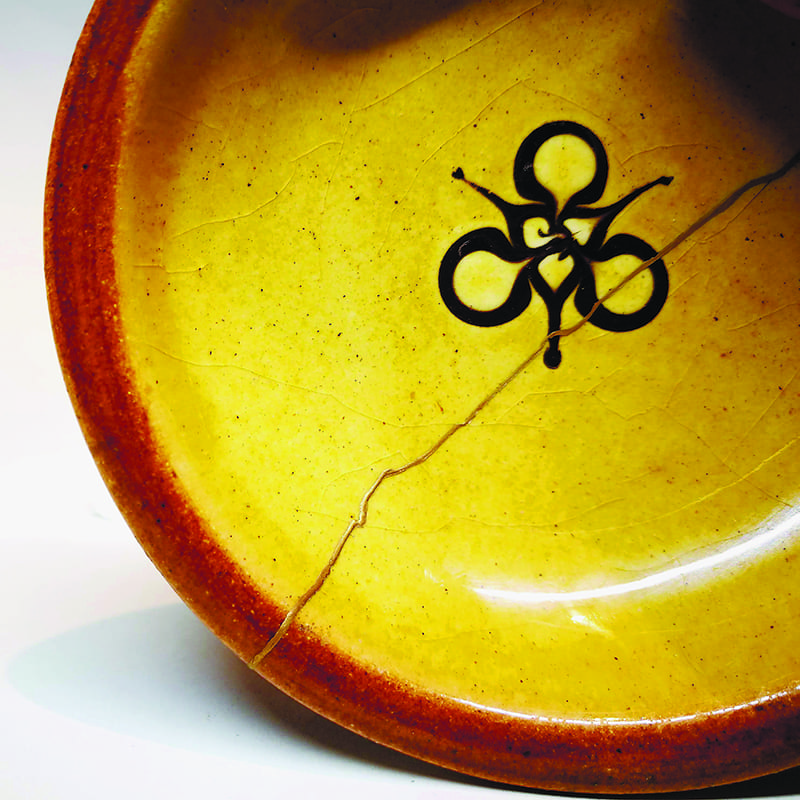
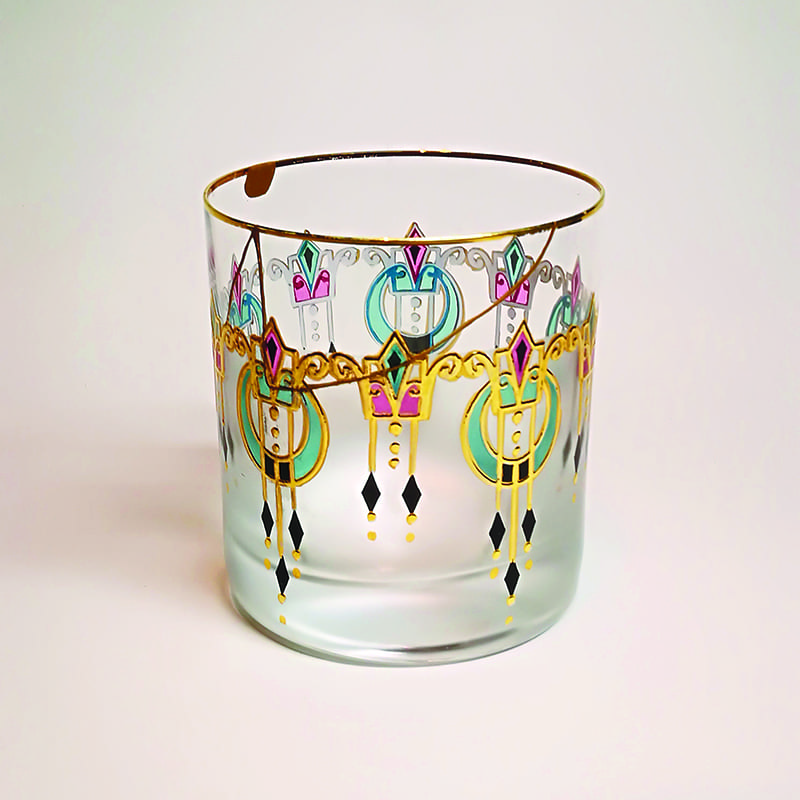
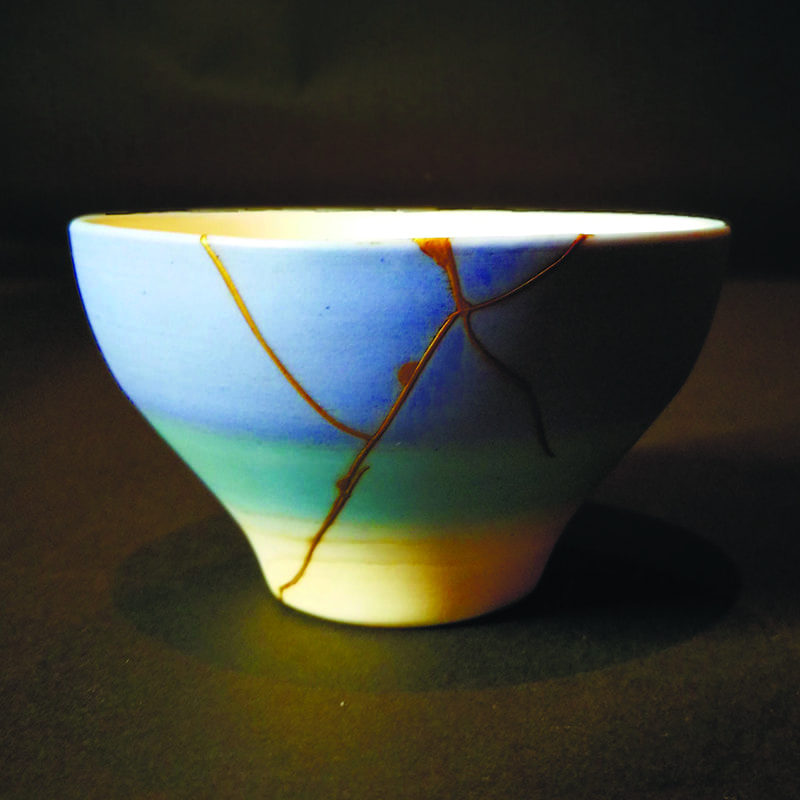
The development of new types of urushi has meant that kintsugi can now be used to repair not only traditional ceramics, but glass too. The repair is completed with the application of gold powder along the joint. | COURTESY: KINTSUGI STUDIO RIUM
When a ceramic bowl or vessel breaks, what if you could not only repair it, but imbue it with new aesthetic value? Kintsugi, which has a history of more than 400 years in Japan, is a technique of repairing damaged ceramics by which the broken pieces are glued together using lacquer and then decorated with metal powder such as gold. In recent years, it has been gaining attention as a traditional Japanese craft that marries restoration and decoration.
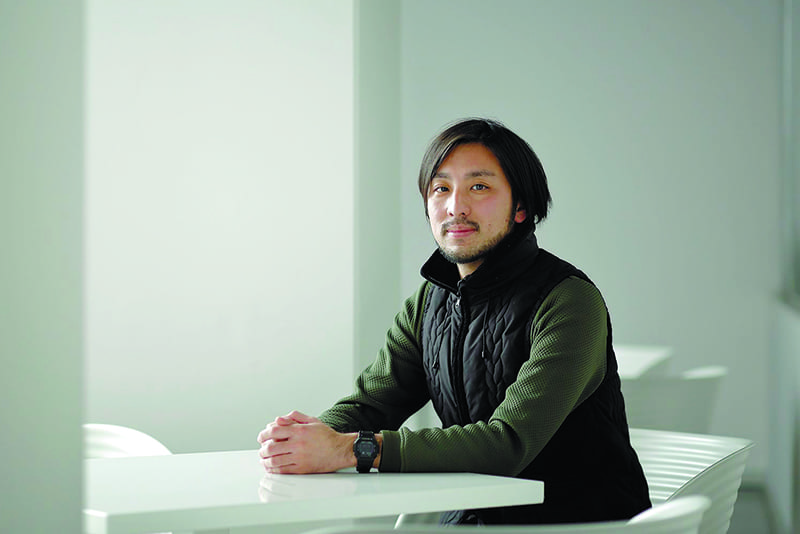
Kintsugi first emerged around the 16th century. As Japan’s tea ceremony culture spread, it developed as a method of repairing expensive utensils. “With kintsugi, you are not only repairing broken objects, but also refining them, highlighting through decoration the cracks that were created by chance,” explained Okisato Nagata, who founded Kintsugi Workshop Rium in 2016. “I think kintsugi is an expression of Japanese culture’s ability to appreciate ‘wounds,’ to see broken things as having value and finding beauty in a randomly created fracture.”
To repair something with kintsugi, the cracks are first coated with a plant resin called urushi (lacquer), then bonded together using a glue made from urushi, flour and water. The object is dried in humid air for about one month, then polished and re-coated with urushi several times. Finally, gold powder is applied over the crack and a thin coat of urushi is applied. While Rium employs three full-time craftspeople focused solely on these tasks, in recent years, other businesses have started recommending the use of more time-efficient synthetic adhesives.
The reason for this shift is a general decline in Japan’s urushi industry. Most urushi used in Japan these days is imported from China, with less than 5% made domestically. Yet the history of lacquer in Japan is ancient — grave goods made with urushi have been excavated from 9,000-year-old sites. Urushi, which can be used in many ways, including as paint, adhesive and waterproofing, has long been loved as a material suitable for daily goods such as bowls and dishes. In order to stem the decline in domestic production, the Agency for Cultural Affairs has since 2015 encouraged the use of domestic urushi where possible when repairing buildings of national major cultural properties such as temples and shrines.
“Since the Agency for Cultural Affairs’ request, demand for urushi has risen considerably,” Nagata said. “But on the other hand, the number of people capable of urushi kaki, the technique of actually collecting natural urushi, has decreased, and now only a few remain. Because only a small amount of urushi is used in kintsugi, you could say it plays a role in spreading urushi culture without overburdening its producers.”
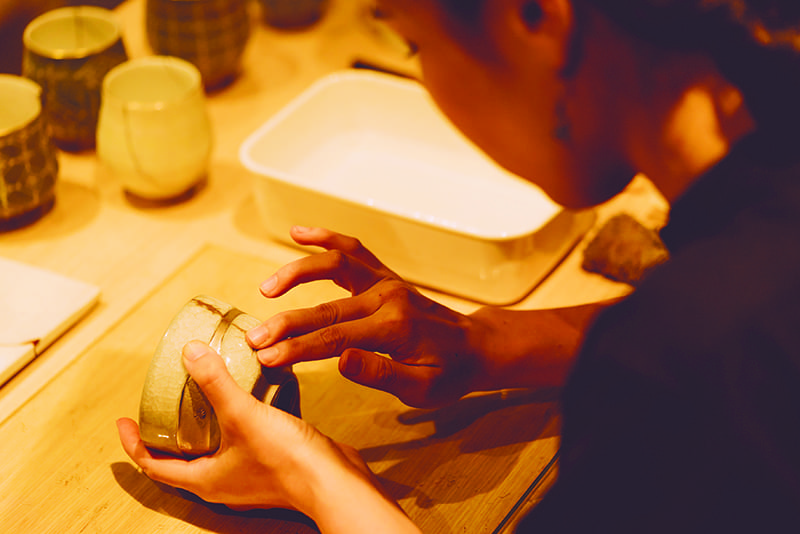
Nagata explained that since kintsugi requires considerable skill, the number of craftspeople specializing in it has declined significantly.
“I set up the kintsugi workshop because I felt that to achieve a sustainable life you need to do more than just make and use things. You need to be able to ‘continue to use’ things,” Nagata said. “With recent new technological developments, a type of urushi that works with glass has been achieved, making it possible to repair expensive wine glasses as well as ceramics. Tableware brands exist all over the world. Kintsugi, the unique Japanese culture of making beautiful repairs and then continuing to use an object even after it has been damaged, is something I want to take to the world.”
壊れた器を洗練させる伝統工芸「金継ぎ」
壊れた器を修復し、新たな美的価値を付与する。日本で四百年以上の歴史を持つ「金継ぎ」は、器の破損部分を漆で接着し、金粉で装飾して仕上げる修復技法だ。修復と装飾が一体化した日本特有の伝統工芸として、近年再び注目を集めるようになってきている。
「壊れた器を修理するだけでなく、偶然できた割れ目に美しい装飾を施し洗練させる技法が金継ぎです。欠損した形状の偶然性にも美的価値を見出す日本の精神文化が金継ぎにはあると思います」。2016年に金継ぎ専門の工房「リウム」を創業した永田宙郷氏はそう語る。
「これからのサスティナブルな暮らしには、『つくる』と『使う』以外に、『使い続ける』という第3の選択肢が改めて必要になると感じます。最近ではガラス用の漆剤も開発され、陶磁器以外に高価なワイングラスなども修復することが可能になっています。食器のブランドは世界中に存在しますが、美しく修復して使い続けるという金継ぎのような日本固有の文化をこれからもアピールしていきたいですね」。
Return to Sustainable Japan Magazine Vol. 10 article list page


